Taylor Swift and Classic Literature
March 25, 2022

By Allie Little
While I typically cover people less remembered in history, Taylor Swift’s name is known in most corners of the globe. Following Taylor Swift’s influences is similar to following an assigned reading list in high school. The complexity in the works she references start out like a freshman English class -- simple narratives, likable characters, and clear enemies -- while some of her later albums acknowledge literature with more controversial and complex themes.
The Classic Tragedy
Children are inherently idealistic. Without experiencing disappointment that has no justification, children do not understand how the world is hard and unfair. Most kids grow up watching movies where the good guy always wins and the bad guy is vanquished, because that makes sense. Before reading Romeo and Juliet by William Shakespeare, it’s possible that a young person doesn’t understand the idea of a doomed romance. Like many bright-eyed 15-year-olds, Taylor Swift read Romeo and Juliet and thought the ending was a bit of a downer. Feeling it needed a revamp, Swift added a proposal, parental approval, and a final meeting of the pair to her song “Love Story” and wrote a song destined to play at countless weddings until the end of time.
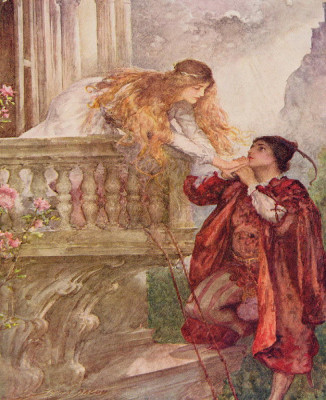
As a bonus, “Love Story” also features a reference to another high school English class favorite, The Scarlet Letter by Nathaniel Hawthorne.
Stories in History
While Swift gathers much of her influences from firsthand experiences in the world, or those of loved ones around her, her next frolic into a less personal influence is on her 2012 album Red. One of these songs is the thirteenth song on the album (Taylor Swift fans know what's up), “The Lucky One”. The connection to Taylor Swift and Joni Mitchell had been made before the release of this song with both being women singer-songwriters whose songs were painfully personal, but the connection was furthered with the release of this album. The cover of Red draws inspiration from Joni Mitchell’s similarly titled album Blue, released in 1971. Both covers are of the artists’ face partially covered in shadow with the title color highlighting each face’s features. Throughout the song, Swift writes about a former starlet who had all the fame and fortune they could ask for but left it all. This is often seen as a reference to Mitchell, who at the height of her success in the 70s, seemed to retreat from the starlight. Connecting it to her own fame, Swift wonders if abandoning everything might be the right way to do it, rather than the path of superstardom she was approaching at record speed.
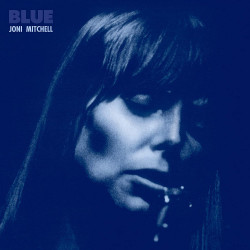
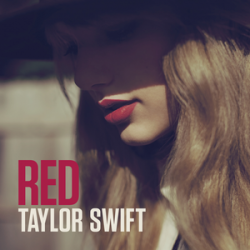
Another song on this album is dedicated to Ethel Kennedy. Swift spoke about how the song “Starlight” was inspired by a single photo she saw of Ethel Kennedy and Robert F. Kennedy dancing at a party when they were 17. Without knowing Ethel at the time, Swift took to writing the night she imagined would lead to such a carefree photo.
Becoming Gatsby
Taylor Swift loves The Great Gatsby by F. Scott Fitzgerald. On the album reputation (2017), Swift references Gatsby in the song “This is Why We Can’t Have Nice Things,” using it to illustrate the opulence and excess of various parties. As Swift evolved as a writer, her love of Fitzgerald’s novel matured as well. On her most recent album evermore (2020), Swift uses one of the most famous quotes from the book in her song “happiness.” In the mournful, defeated song, Swift reflects on the ending of an extended relationship. Acknowledging the possibility of a new love on the horizon for the other person, Swift writes “I hope she’ll be a beautiful fool, who takes my spot next to you” followed immediately with an apology for the bitterness in the statement. This marks the end of Gatsby’s influence in Swift’s writing, as she sees the immaturity required with spite and jealousy.
A Woman Scorned
In the book Rebecca by Daphne Du Maurier, the nameless woman narrator marries a wealthy widower and is haunted by the memory of his dead first wife at every turn. Published in 1938, this gothic romance is famous for its mystery and questionable paranormal elements which made it a perfect novel for Alfred Hitchcock, the master of suspense, to adapt into a film in 1940. Rather than focusing on the suspense and mystery of the novel, Swift found the perspective of the narrator and her relationship with her new husband to be the greatest influence. Following her completion of the novel, the song “tolerate it” was written from the perspective of this new wife and the slow torture of placing more effort and love into someone who will only tolerate it. In a story filled with crime and mystery, Swift connected to an emotion so universal that it was hidden behind the book's extravagance.
Searching for a Great Escape
The value of anonymity is not known until a person loses it. Famous creatives of every era have traveled far and wide to find a place where they are unknown, somewhere secluded from the outside world. Located roughly five hours outside of London, the Lake District in England is a famous spot for those trying to avoid the prying public eyes. The Romantic Era was defined by deemphasizing material wealth and prioritizing the individual self, emotions, and imagination. Popular poets from the Romantic Era, most significantly William Wordsworth, came to The Lake District to disconnect from city life and grow their appreciation for the natural world. Taking inspiration from these Romantic poets, Swift wrote many songs in and about The Lake District, namely “the lakes”. From Swift’s Grammy award winning album folklore (2020), “the lakes” is a love letter and cautionary tale to those searching for seclusion in nature. Taking joy from bathing in cliffside pools and seeing a rose grow out of frozen ground is juxtaposed with imagery of death in the form of eulogies and nature enveloping a corpse. This fascination with life and death stems directly back to the romanticizing of human life that was prominent with artists in the early 1800s.
Additionally, Swift hints at William Wordsworth’s name in the line: “...tell me what are my words worth.”
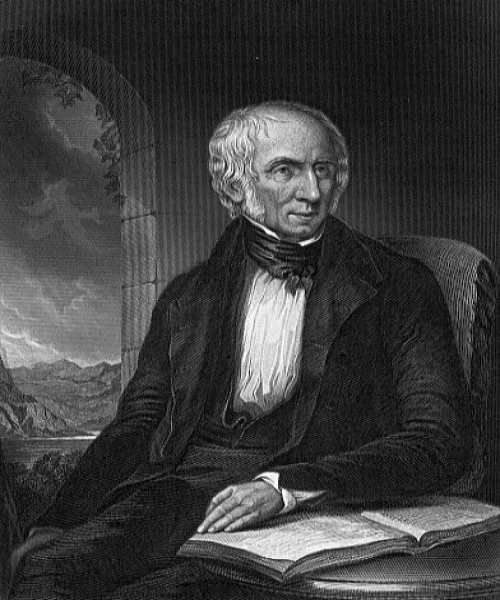
A Childlike Whimsy
Not all of Swift’s references to literature involve blooming nature on a lifeless corpse somewhere in the woods in England. Some references are effective because of their familiarity. The song “Wonderland” compares the turbulent relationship to the journey Alice embarks on in Alice’s Adventures in Wonderland by Lewis Carroll. The song contains the most known imagery from the story: a Cheshire cat, falling down a rabbit hole, and a quest to return home. These familiar metaphors allow Swift to focus on the feeling of growing mad rather than explaining something more complex.
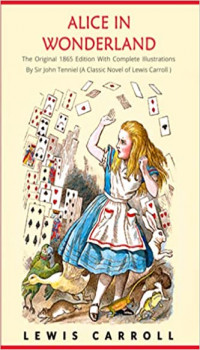
Changing the ending to these fairytale-like stories or extending past the point of “happily ever after” is a writing style Swift has used for inspiration as seen previously in “Love Story.”. However, in “cardigan” Swift acknowledges that the ending to some children’s stories are painfully true. Referencing the familiar story of Peter Pan by J. M. Barrie, the song suggests that at the end of the story Peter and Wendy are always separated. Wendy remains in England, and Peter returns to Neverland. While being the songwriter, Swift alters the point of view of the song to be from someone much younger, likely a teen or early adult. Because of the narrator’s assumed age, the line about Peter and Wendy feels like a revelation and the moment the narrator understands the unfairness of reality outside of the pages of a fairytale.
